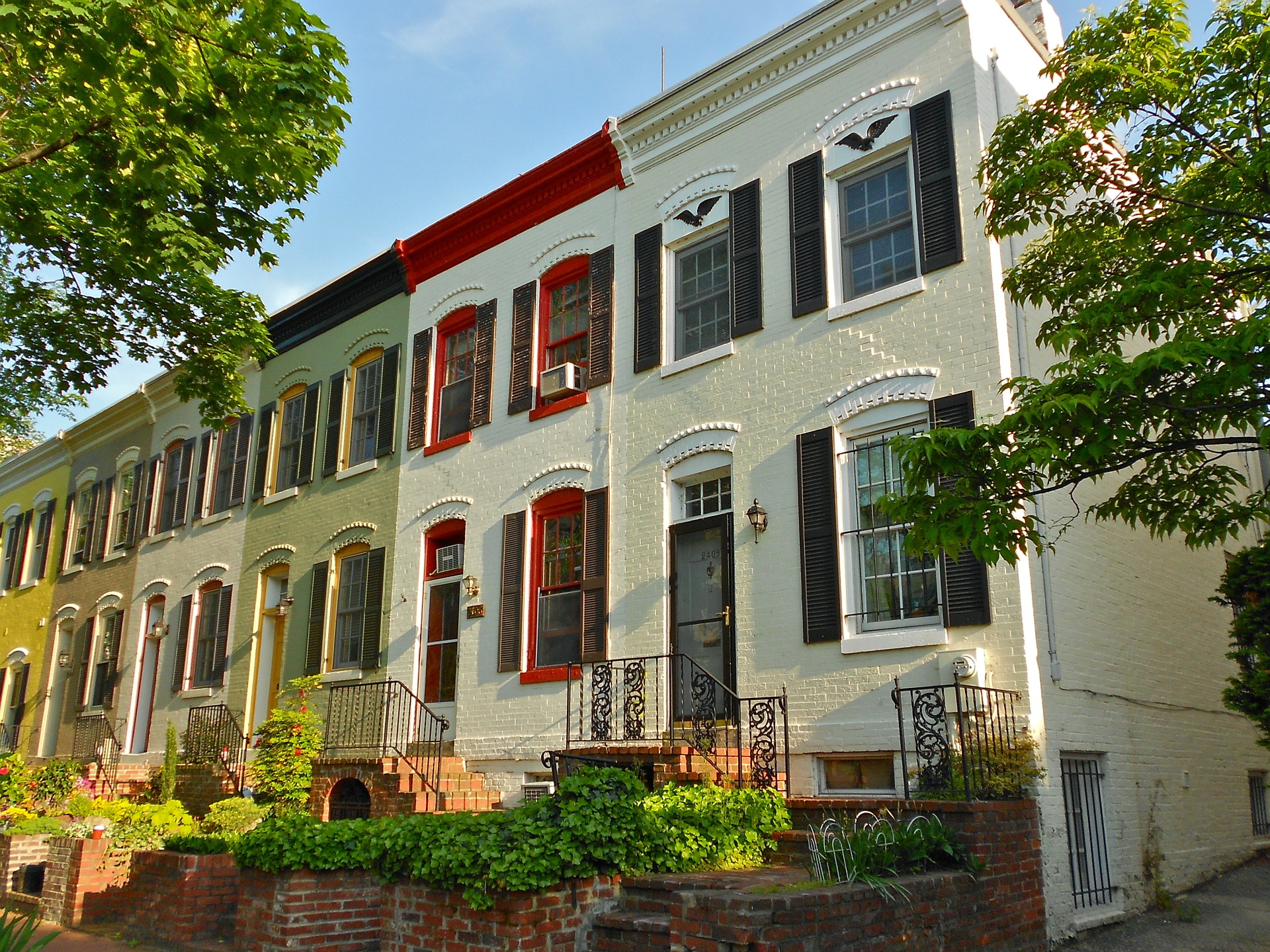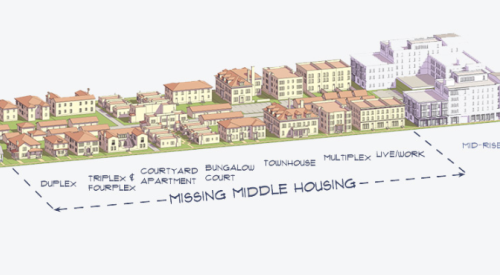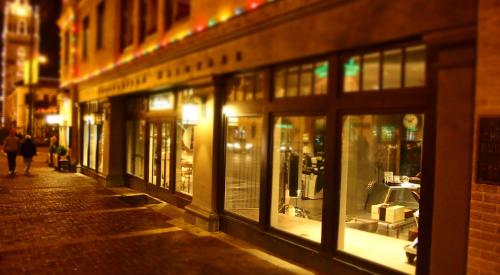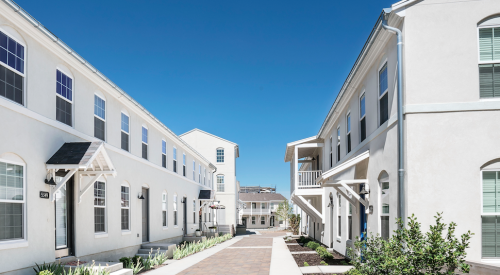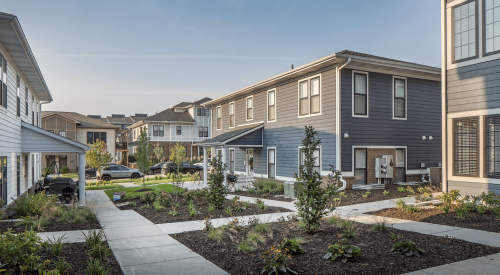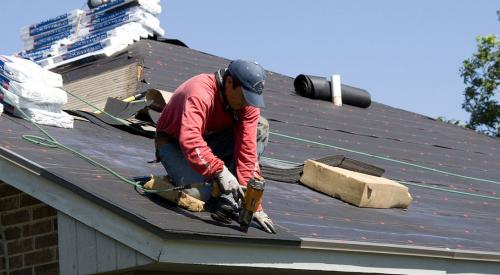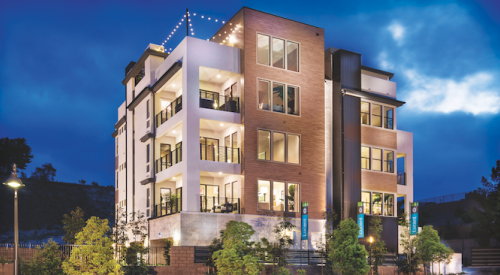Duplexes, triplexes, bungalows, and row houses are experiencing a revival as architects, urban planners, and developers try to provide affordable housing options for millennials living in urban areas.
Local governments are removing obstacles in zoning laws and building codes in an effort to inspire developers to build more "missing middle" housing -- middle in scale, aimed at households with middle-class income. “In particular with this generation, that played an important role in revitalizing cities,” said Daniel Parolek, the architect responsible for the term 'missing middle,' to The Washington Post. “I think keeping them in cities is a major conversation.”
Developers say they are aware that, unlike their parents and grandparents, many millennials don’t want to move to the suburbs and “drive ’til you qualify.” They say the fact that many have shared group houses or lived in micro-units and other small apartments as young singles shows they’re willing to trade space to live near transit and in walking distance to restaurants, shopping, parks and other amenities.
